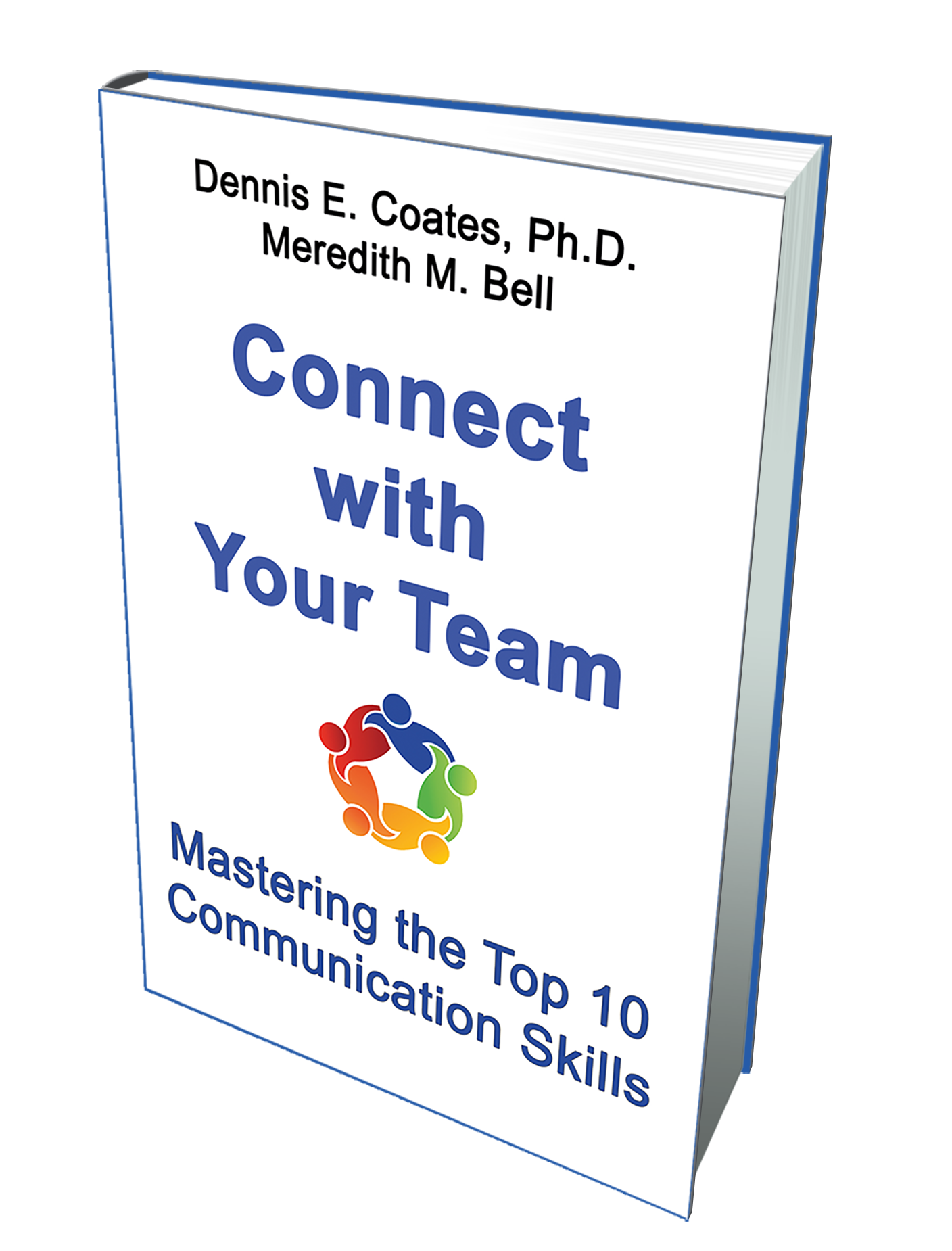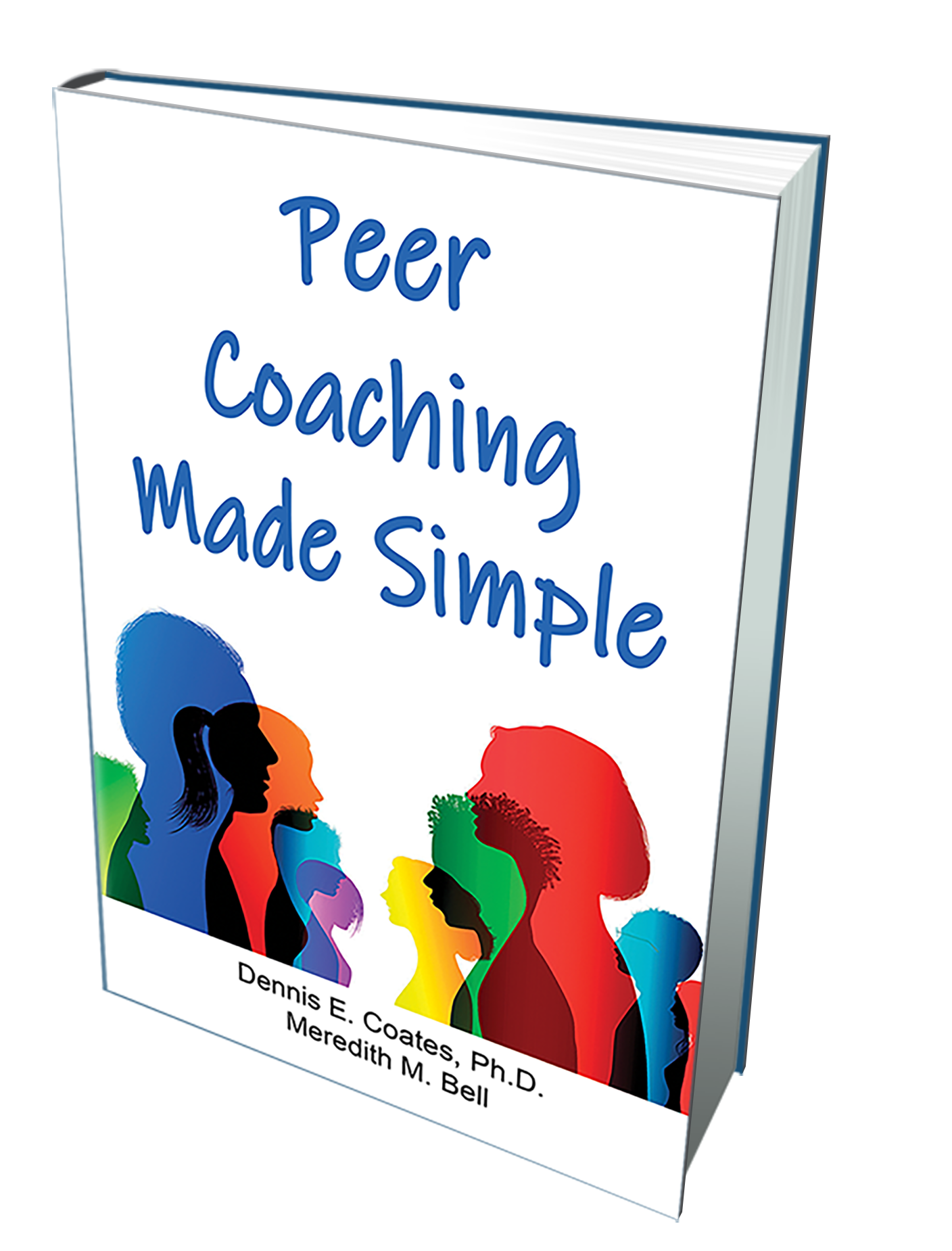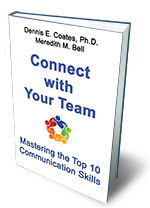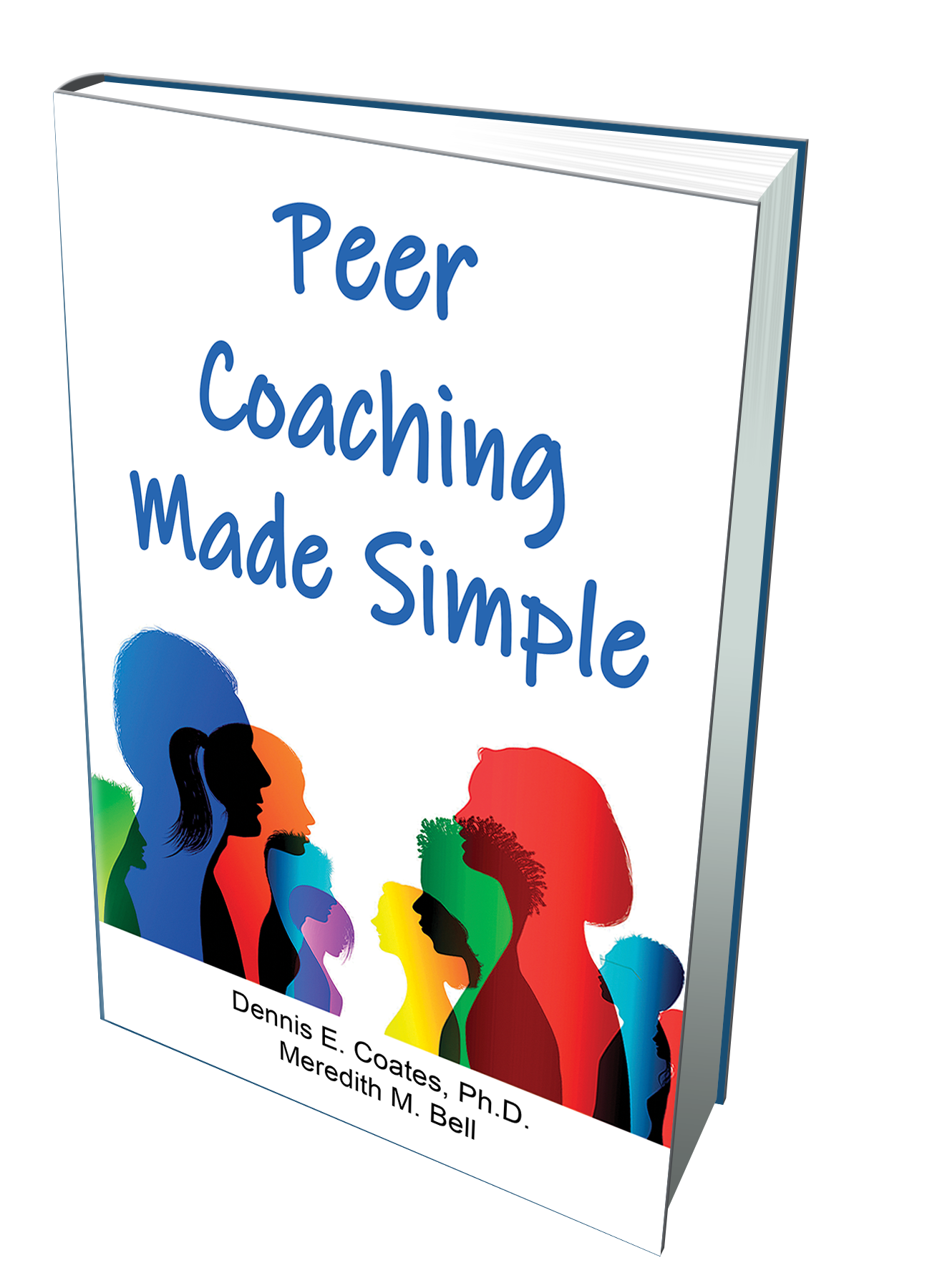
325: Scaling Your Impact Without Burning Out
325: Scaling Your Impact Without Burning Out
Have you ever felt overwhelmed by your workload, unsure how to delegate effectively, or hesitant about bringing new people onto your team? Erin Bradley shares her powerful journey from burnout and anxiety to finding true freedom and fulfillment in her work. She opens up about the common leadership fears around hiring, delegating, and trusting others, and how shifting her mindset changed everything.
Whether you’re leading a team or stepping into a new role at your company, you’ll find practical insights in Erin’s approach to leadership. She reveals three essential questions every leader should ask their team members and explains how genuine curiosity, service-oriented leadership, and thoughtful delegation can transform your workplace culture. If you’re ready to scale your impact without sacrificing your well-being (or sanity!), this episode is a must-listen.
As a mortgage lender, Erin learned the hard way just how difficult entrepreneurship and sales success can be. From flat broke to six figures and burnout, Erin has been through it all. She quickly discovered that the stress of being overwhelmed is no less painful than financial stress.
After redesigning her business to support her dream life, Erin has been on a mission to teach others to do the same. She is a dynamic speaker and trainer, host of the real estate podcast Pursuing Freedom, and author of an outstanding book Pursuing Freedom. She’s created a community for realtors and lenders called the Pursuing Freedom Collective.
You’ll discover:
- How curiosity transforms leadership conversations
- 3 key questions to ask your team
- How to overcome fear and take action
- Ways to scale impact without burnout
- Why service-oriented leadership boosts team performance
Watch the episode:
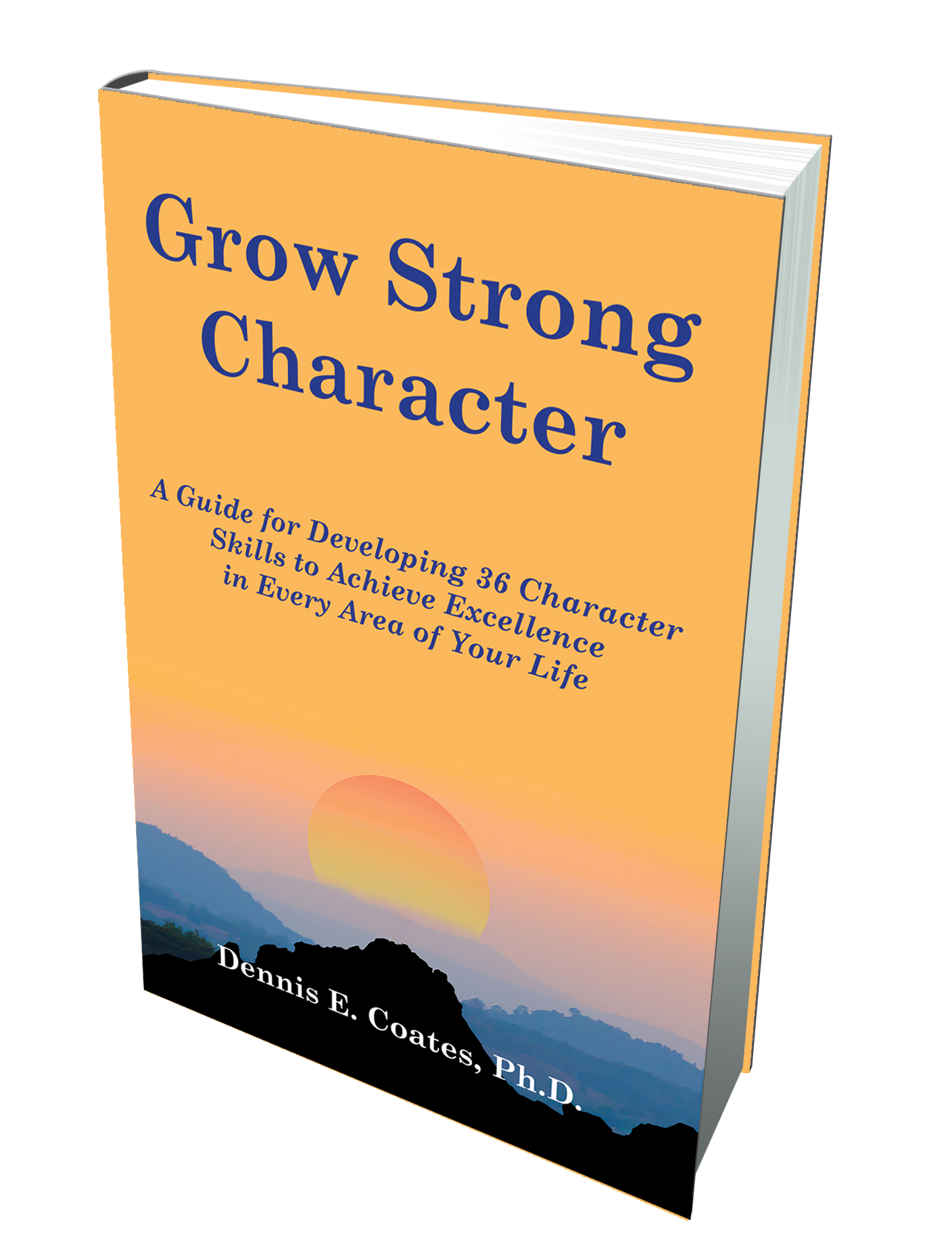
Grow Strong Character
Dennis E. Coates, Ph.D.
Connect with Your Team
and Meredith M. Bell
Peer Coaching Made Simple
Dennis E. Coates, Ph.D.,
and Meredith M. Bell







